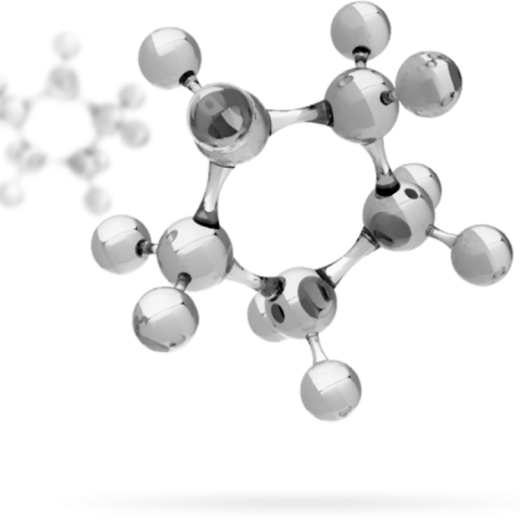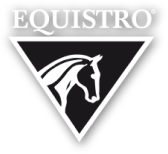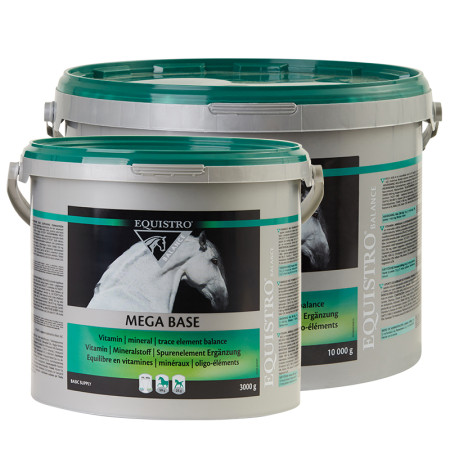
Brewer's yeast
Brewer's yeast is characterized by a high protein content and is very rich in B vitamins.
Description
Brewer's yeast is a natural by-product of beer brewing. Brewer's yeast consists of yeast-like fungi and is a natural, low-sugar source of B vitamins. Brewer's yeast is also very rich in folic acid, magnesium, copper, zinc and potassium.
Properties
The addition of brewer's yeast to the daily diet can have a beneficial effect in the case of long-term digestive disorders, damage to the intestinal flora, loss of appetite or general poor performance.
Possible uses
Brewer's yeast can improve the supply of B vitamins, particularly in sport horses with rations rich in concentrated feed and poor in structure (low synthesis capacity of the microflora in the large intestine).
Daily feeding of brewer's yeast can also have a positive effect on foals.

